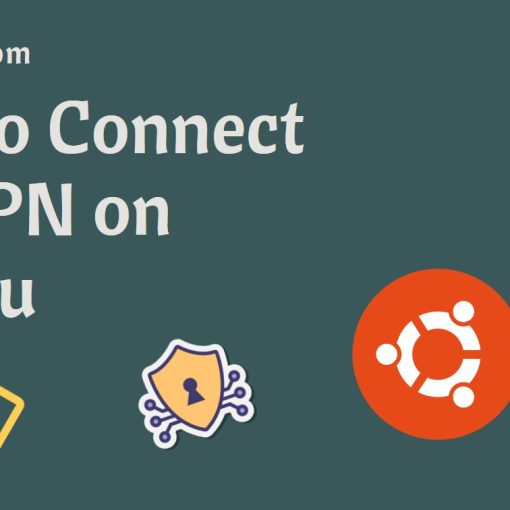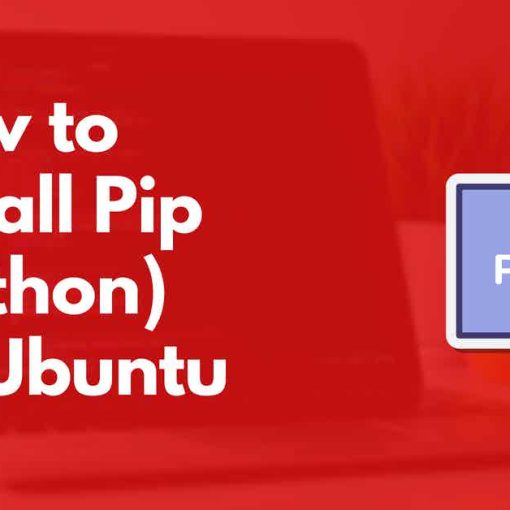In this guide, we’ll go through the best Linux laptops, review them, compare them, and write more information about Linux laptops in general.
In this tutorial, we’re going to show you how to connect to a VPN on Ubuntu. Beginner-friendly, step-by-step instructions with screenshots.
In this tutorial, we’re going to show you how to install Pip (Python) on CentOS. This tutorial will work for CentOS 7, CentOS 8, and even Fedora.
In this tutorial, we’re going to show you how to shut down your Linux computer using the command-line interface (CLI), aka Terminal.
Website speed, often called website performance, refers to the amount of time a web browser renders web pages from a specific site. A site’s loading speed can significantly affect user experience (UX). For example, a slow website response time (SRT) can lead to high bounce rates. Subsequently, having a poorly […]
In this tutorial, we’re going to show you how to install and use Pip (Python) on Ubuntu. This tutorial works for Ubuntu 22.04, Ubuntu 20.04, any other Ubuntu release, and even distros like Linux Mint.
In this tutorial, we’re going to show you how to zip files and directories/folders on Linux. This tutorial will work on most major distros, like Ubuntu, Linux Mint, Fedora, Debian, CentOS, etc.
In the coming Micropocalypse, millions of perfectly good 3-5-year-old Microsoft Windows computers may dump because their hardware can’t be upgraded to Windows 11. It’s no surprise that people are starting to look for other options, like Linux.
If you’re using a Linux distro, you’ll often see the hostname (name of the machine) throughout the system. In this simple and easy tutorial, we’re going to show you how to change the hostname on a Linux distro.
A new tutorial in our series of simpler tutorials for Linux beginners: how to delete a user. In this tutorial, we’re going to show you how to remove users via the command-line interface (CLI, Terminal).










